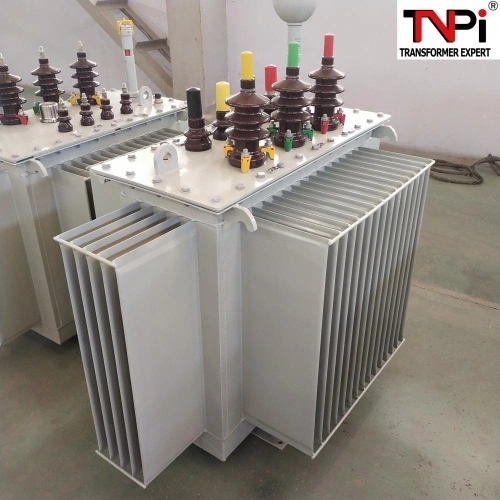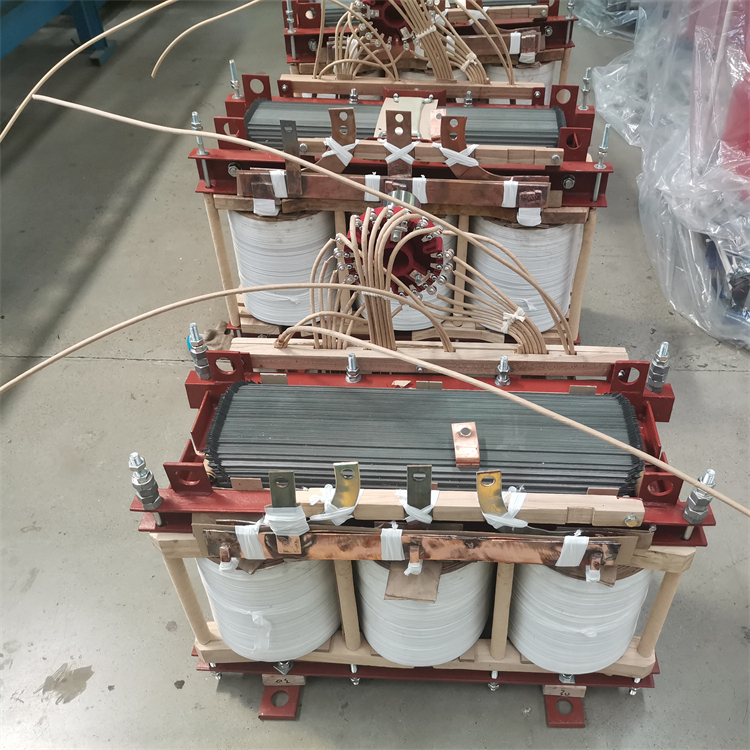
1. Lightning strike
The research on lightning stroke is relatively few, because many times the impact fault will be classified as "line inrush current" if it is not a direct lightning stroke accident. Of course, the best way to prevent lightning stroke is to install lightning arrester, which can not only protect the transformer, but also reduce the impact current in the power system and reduce transient fluctuations.
2. Line inrush
Line inrush current should be listed as the primary fault factor. Line inrush current (or line interference) includes switching overvoltage, voltage peak superposition, line short circuit fault, flashover and abnormal phenomena of large current and voltage in terms of vibration.
The most serious reason for the damage of this kind of fault to the transformer is the excessive current and voltage. Therefore, more attention should be paid to the adequacy of large current impact protection. The installation of over-current protection monitoring device can conduct real-time measurement and detection report on the transformer. This result is sent to the whole system of power system automation operation as the index of safe operation.
3. Quality omission
In general, the problems of previous transformers in this regard are not very big, but occasionally unavoidable. For example, the outgoing terminal of the wiring is loose or unsupported, the cushion block is not tight, the welding is poor, the insulation of the iron core is not high, the resistance to large current is insufficient, and the oil in the oil tank is not pure. Strengthen testing and detection to find problems as early as possible when they are not installed.
4. Insulation aging
Among many oil immesserd transformer faults in the past, the fault caused by insulation aging ranked second among all faults. Due to insulation aging, most transformers have seriously shortened their service life, which is about 20 years earlier. Formulate a certain system to ensure that the aging speed reaches the rated service life.
5. Overload
It is caused by overload, and the transformer operates at a power higher than the specified rated power for a long time. With the development of economy and science and technology, the power load is increasing, and power plants and power consumption departments are continuously and slowly increasing the load. It directly causes more and more transformers to operate under overload, and the excessive temperature leads to premature aging of the insulating cardboard of the transformer, which reduces the overall insulation strength. In this state, if there is a certain impact current, the probability of failure will be high. Ensure that the load is under the rated operation condition of the transformer, and do not overload the transformer for a long time. In oil cooled transformers, the top oil temperature needs to be carefully monitored frequently. If it is found that the temperature is high, it should be handled in a timely manner.
6. Be affected with damp
Moisture is inevitable. Due to various external natural reasons, pipe leakage, head cover leakage, water intrusion into the oil tank along the sleeve or accessories, and water in the insulating oil are often caused. The design and construction standards of the transformer shall match with the installation site. If placed outdoors, confirm that the transformer is suitable for outdoor operation. The dielectric strength of transformer oil decreases sharply with the increase of water content. One ten thousandth of water in oil can reduce its dielectric strength by nearly half. The oil samples of all transformers (except small distribution transformers) shall be subject to breakdown tests frequently to ensure that moisture is correctly detected and removed by filtration.
7. Improper maintenance
The investigation results show that the probability of transformer failure caused by improper maintenance ranks fourth. It is mainly due to insufficient maintenance, no control or incorrect installation of control devices, coolant leakage, dirt accumulation and natural electro chemical corrosion.
8. Destruction and intentional damage
This kind of external damage, which is mainly considered, often occurs in the transformer directly connected to the user at the end of the line, but this kind of damage is very uncommon.
9. Loose connection
The possibility of this kind of problem causing failure is also very small, and can be avoided to the greatest extent. However, in practice, this kind of accident happens from time to time, which is different from previous studies. This type of accident includes the manufacturing process and maintenance of electrical connection. The most prominent problem is the improper coordination between metals of different properties, but this situation is slowly decreasing. Another problem is the improper fastening of bolt connections.
Epilogue
With reference to the above statistical analysis results and some suggestions, an overall maintenance, inspection and test plan can be formulated in the future construction and operation. In this way, transformer faults can be minimized to reduce a series of adverse effects caused by transformer faults. It can also save huge manpower, financial and material resources for troubleshooting, and the service life of the transformer will also increase.

LET'S GET IN TOUCH